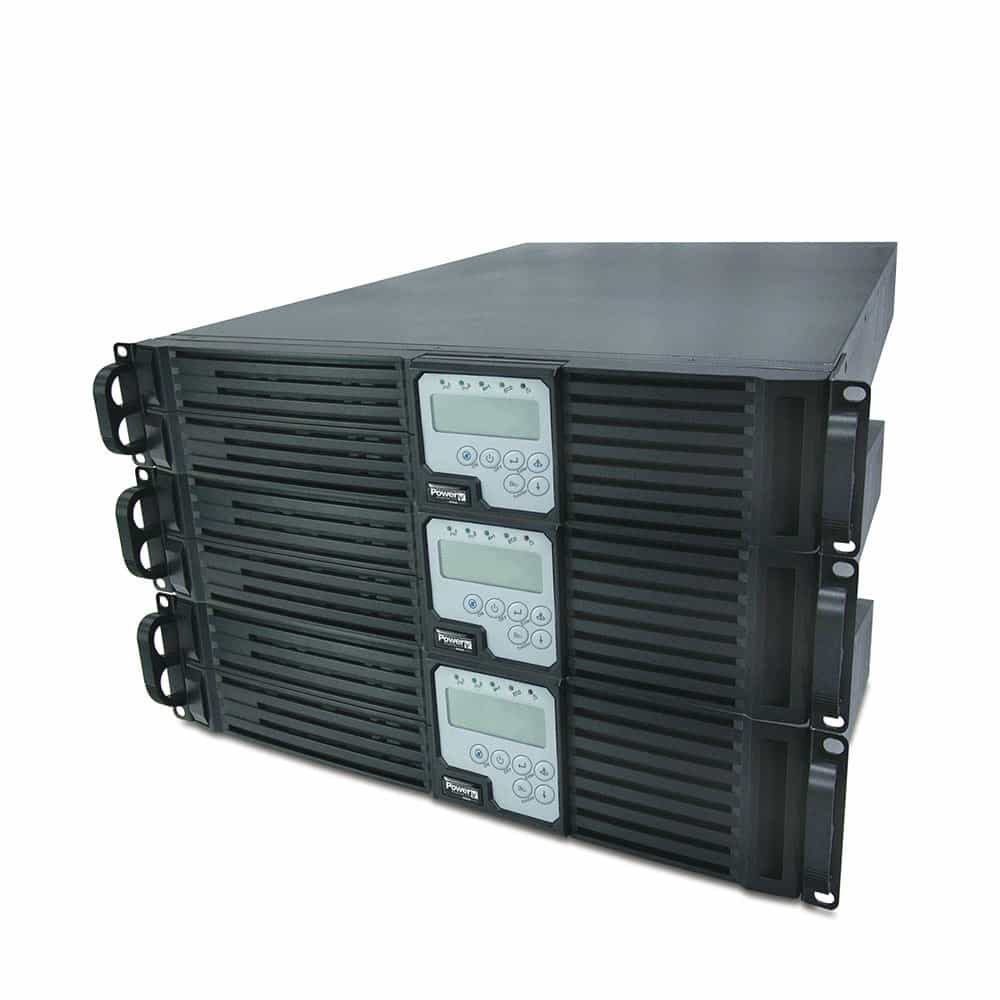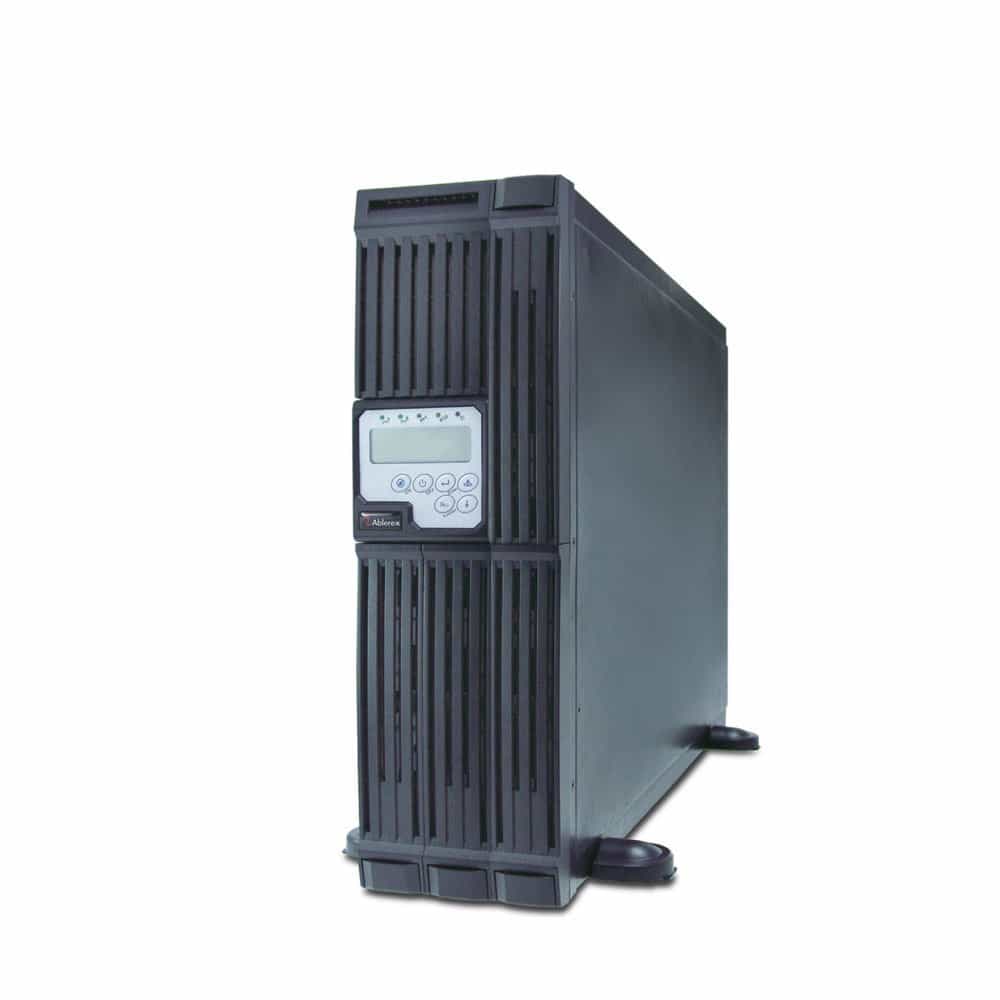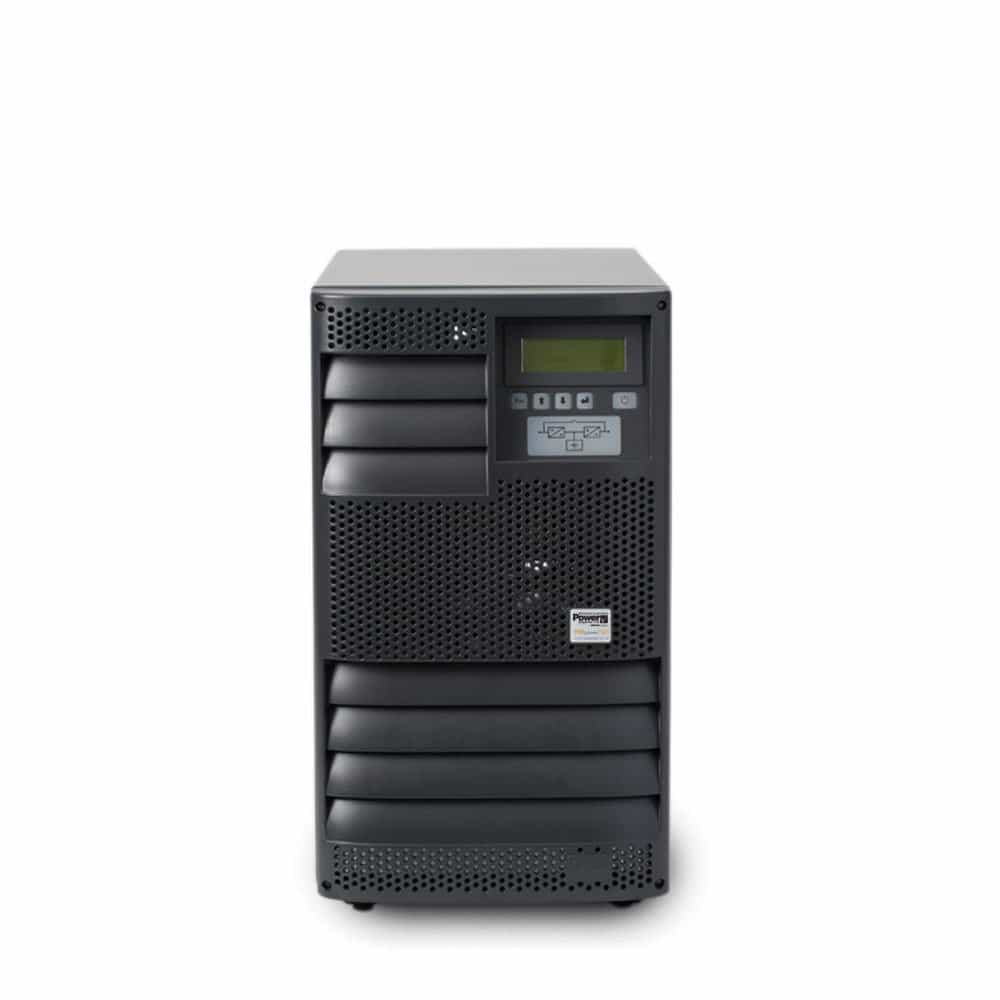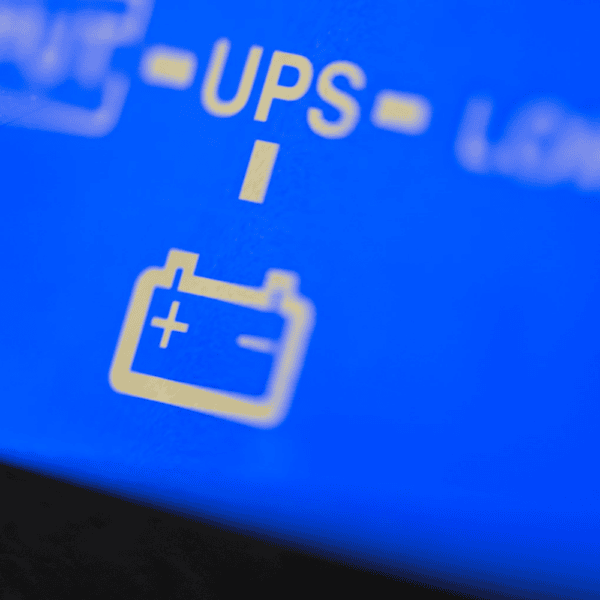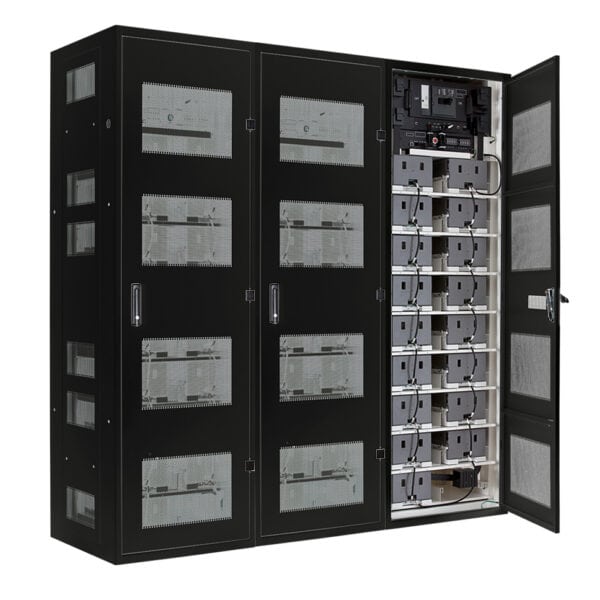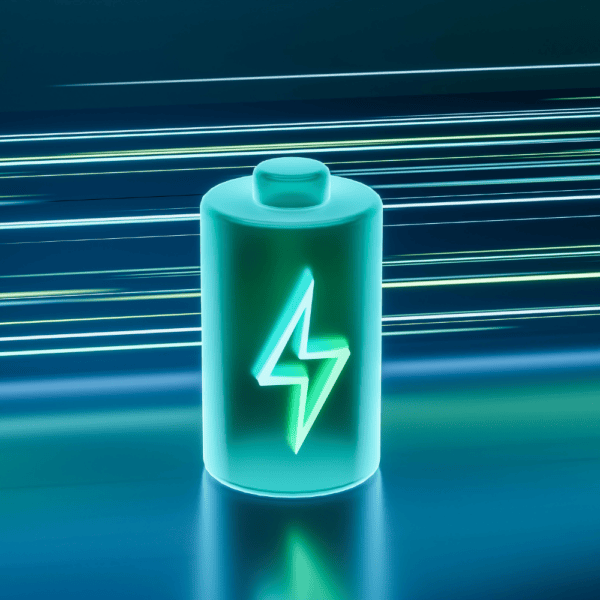Mentioning ‘Uninterruptible Power Supply’ usually evokes an image of a large-scale installation providing kW or even MW protection for a data centre. While this image is certainly valid, many much smaller applications have an equally critical requirement for the protection a UPS provides. The failure of a single computer or server in a SOHO environment, for example, will affect far fewer people than a data centre stoppage – but the consequences could be just as devastating for those affected.
In this article, Alan Luscombe, Director at KOHLER Uninterruptible Power, a KOHLER company, looks at the UPS options available for small and medium businesses. This review shows both the similarities and the differences in the criteria for these UPSs and for their larger data centre counterparts.
Shared fundamental concerns
A power failure in a bank’s data centre, which takes out ATMs, is an example of a major incident that may make the national headlines. It can create real problems, not just for the bank, but also for all its customers, denying access to funds when they need them. By contrast, a sudden power disturbance or loss to a single PC or satellite office server only affects a few users – yet the consequences for those users can be just as serious. Single servers and workstations need the same power protection and quality as insisted on by operators in large data centres.
Accordingly, let us take the example of a manager of a small branch office who seeks to protect his onsite ICT equipment. He will share the data centre’s concerns – protecting his equipment from damage and preventing the destruction of data. The loss of a PowerPoint presentation during its final editing the night before a major product launch is always unacceptable. He will want insulation from mains-borne power surges, sags and spikes as well as complete power outages, as all of these events can cause the problems he fears while limiting his productivity. His focus will be on extremely high clean power availability, delivered from UPS equipment that is cost-effective to purchase and energy-efficient to run.
Smaller-scale divergence
However, while his overriding concerns align with those of a data centre manager as described, his more detailed considerations will diverge, due to the scaled-down environment he is protecting. Day-to-day operation of the UPS equipment will have to be managed by office staff, if the site does not warrant a permanent IT or UPS specialist. Space may be very limited – especially space that is environmentally conditioned to the standard found in a dedicated data centre. Cost, space and environmental considerations will probably preclude the installation of a generator for use in extended blackouts. The demand for UPS power may fluctuate if the branch operation grows, or if extra staff is brought in for a special project.
These smaller-scale requirements are well recognised by UPS suppliers, many of which offer a range of solutions from 1kVA or less, to up to 20kVA. These start from single-phase micro systems for supporting a single desktop PC, which can be plugged into a normal 13A mains outlet. Typically implemented within a PC tower or mini-tower form factor, such units are aesthetically and technically suitable for installation next to the PC they are protecting. They are available with on-line, off-line or line-interactive topologies.
Although off-line types have the lowest cost, they are far from an ideal solution, as they do not provide protection from electrical noise, spikes or other potentially damaging events. During normal operation raw mains power, with all its potential problems, is delivered straight to the critical load. The only protection is the battery’s ability to take over if the mains power fails. By contrast, an on-line UPS electronics provides a permanent barrier between the raw mains and the critical load, ensuring protection from mains aberrations at all times. For models such as the KOHLER Uninterruptible Power’s MINIpowerUPS and PW 1000, which include VFI in their protection, or Voltage and Frequency Independence, ensuring the UPS output is not affected by variations in input voltage or frequency.
Larger systems, from 1kVA up to 20kVA are available for supporting complete small office networks, including the server, workstations and accessories such as printers and network hubs. Special care has to be taken with laser printers, as these can cause harmonic distortion on the UPS output. These UPS systems are available with compact, office-friendly designs in either PC Tower or 19” rack-mounting versions, in which the PW 1000 has the flexibility to fit into the racks of many manufacturers. Although such systems can be delivered as self-contained units – complete with batteries, they should ideally allow additional external battery connections.
Fig.1: KOHLER Uninterruptible Power PW 1000 single-phase UPS – Tower and rack-mounting versions
This may be more of an issue for a small office system than a data centre, which is large enough to support an on-site generator backup system. During an extended power blackout, the data centre can be switched to generator power if the UPS battery autonomy is threatened. Without such generator access, the smaller system must rely on the UPS battery autonomy to stay online. Accordingly, to provide a backup time of several hours, the investment in extra battery cabinets may be considered. Alternatively, if the load is less critical, a policy of using the battery autonomy to facilitate an orderly shutdown may be acceptable.
Other features exist to boost the battery functionality within these systems. Hot-swappable battery packs can be replaced without interrupting power to the critical load, making 24/7 protection possible. UPSs such as the PW 1000 can also automatically manage the batteries’ end-discharge voltage, preventing their deep discharge during a prolonged power failure.
In the event of an operating anomaly within the UPS itself or an overload, an automatic static bypass can be set to switch power directly from the incoming mains to the critical load until the problem is cleared – ensuring continuity of power under all conditions.
Smaller systems, same reliability and flexibility
Systems such as the MINIpower PLUS can also offer the same flexibility and reliability as their larger data centre counterparts. They comprise fully modular designs with no single point of failure. UPS capacity can be incremented by 1.25kVA at a time by plugging in UPS power boards, so N+1 redundant systems can be configured with minimal excess UPS overhead and cost. This also allows great flexibility, because if extra workstations are added, they can be accommodated, simply by plugging extra UPS capacity in. As an alternative arrangement, some systems can be paralleled for extra capacity or redundancy using a CANbus interconnection.
Fig.2: MINIpower PLUS showing pluggable UPS modules
While scalability allows capital costs to be minimised, operating costs are also controlled through energy efficiency. High efficiencies of well over 90% at 100% load are available, together with near-unity power factors and low input current THDi, which is regardless of the load.
Many of these UPS systems are located next to or at least within close proximity to the equipment they support, so their users will benefit from easily read and understood front panel mounted displays. These should reveal major system parameters and current status, including load level, battery level, as well as system wiring faults, overload and programmable output status.
For larger-scale environments, it is usually possible to add network interface cards, serial interfaces or dry contacts for remote alarms and communications. Conveniently located PCs can then be used for diagnostics and status display using suitable software. The control can also be exerted, for example by scheduling the ON/OFF switching of UPSs.
Summary
In this article we have seen that managers of smaller locations, such as branch offices, are driven by the same concerns and objectives as operators of large data centres when it comes to UPS protection. Damage to equipment or loss of data, although on a smaller scale, is considered unacceptable, making the highest possible power availability critical. This means providing reliable protection from mains-borne disruptive events as well as blackouts, delivered by UPS equipment that is cost-effective to buy and energy-efficient to run.
While addressing these major concerns, smaller-scale UPSs should also be designed to meet requirements more specific to smaller environments. These include compact, office friendly designs, comprehensive battery options and display, as well as alarm and communications features suitable for the UPSs’ office users, in which flexibility to meet changing office needs is important.

